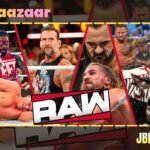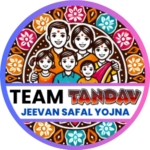Horse mating is a critical aspect of equine reproduction, contributing to the perpetuation of various horse breeds and maintaining the diversity within the equine population. Understanding the intricacies of horse mating involves examining the reproductive anatomy, the mating process, and the significance of breeding in the equine world.
Reproductive Anatomy: Stallions and Mares
The reproductive anatomy of horses differs between stallions (males) and mares (females). Stallions possess external genitalia, including the penis and testicles, while mares have an internal reproductive system, including the ovaries, uterus, and vagina. Knowledge of these structures is crucial for successful mating.
Mating Behavior: Courtship and Copulation
Horse mating begins with courtship behavior, where stallions display specific actions to attract mares. This can include vocalizations, body movements, and even physical interactions. Once courtship is successful, copulation occurs, typically a brief but powerful event. Understanding these behaviors aids horse breeders in managing mating interactions.
Artificial Insemination in Horses
Advancements in equine reproductive technologies have introduced artificial insemination (AI) as a common practice. AI allows breeders to use genetic material from desired stallions without physical mating. This method offers increased flexibility and the ability to overcome geographical barriers.
Gestation and Foaling
Following successful mating, mares undergo a gestation period of approximately 11 months. Understanding the gestation process is crucial for proper care and nutrition of pregnant mares. Foaling, the act of giving birth, is a significant event in the reproductive cycle.
Challenges in Horse Breeding
Breeding horses comes with its challenges, including infertility issues, mating behavior complexities, and the risks associated with natural mating. Breeders and veterinarians work together to address these challenges, employing various techniques to enhance breeding success.
Conclusion: Nurturing Equine Generations
Horse mating is not only a biological process but also a crucial aspect of preserving and enhancing desirable equine traits. As technology continues to influence equine reproduction, breeders play a pivotal role in sustaining healthy horse populations and promoting desirable genetic characteristics. Understanding the dynamics of horse mating is essential for anyone involved in horse breeding and contributes to the broader field of animal reproduction science







